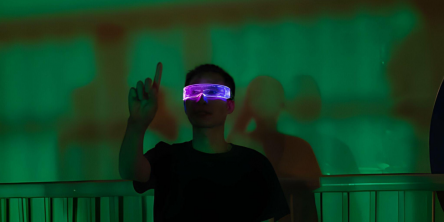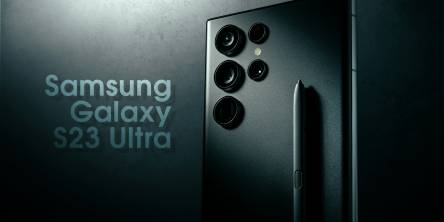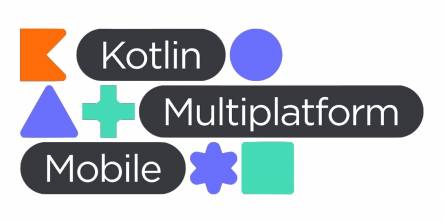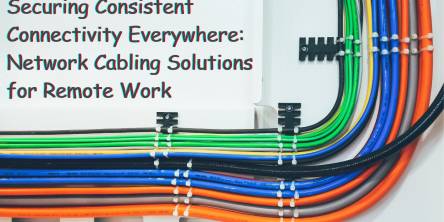Unlocking the Secrets of Heat Distribution with Advanced Imaging
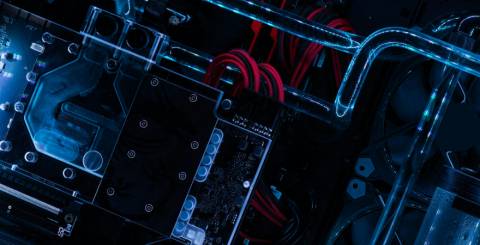
In today's technologically advanced landscape, understanding heat distribution is critical for enhancing efficiency and safety across various sectors. Infrared thermography, a pivotal imaging technique, has revolutionized how professionals view and analyze thermal performance. This non-contact, non-destructive method captures thermal images or heat maps that reveal temperature variations across surfaces—information crucial for identifying potential problems before they lead to failure. Industries ranging from electrical and building inspections to automotive systems and healthcare benefit from the detailed insights provided by this advanced imaging technology, making it an indispensable tool in their operational arsenal.
Tip 1: Calibrate Your Equipment Regularly
Accurate thermal imaging depends heavily on the precision of infrared cameras. Calibration is the process of setting these cameras to a standard temperature scale to ensure they provide true temperature readings across their entire operational range. This step is essential not only for achieving reliable results but also for maintaining consistency in repeated measurements over time. Technicians should perform calibrations periodically or whenever the camera is subjected to mechanical stress or significant temperature changes, as these factors can drift the calibration.
Tip 2: Optimize the Environmental Conditions
The environment plays a significant role in the accuracy of infrared thermography. Variables such as ambient temperature, humidity, and air movement can influence thermal readings. For example, high humidity can lead to condensation on surfaces, affecting emissivity and thermal readings. To mitigate these effects, it's crucial to control environmental conditions by using dehumidifiers, maintaining a constant room temperature, or isolating the area from external air currents during measurements. This control helps ensure that the thermal images reflect true surface temperatures without interference from external factors.
Tip 3: Select the Appropriate Emissivity Settings
Emissivity is a material’s ability to emit infrared energy compared to an ideal black body, and it varies between different materials. Getting the emissivity setting right is crucial for accurate temperature measurements. Many infrared cameras come with adjustable emissivity settings or presets for common materials. However, for unusual or coated surfaces, conducting emissivity tests to determine the correct settings is essential. Failing to adjust emissivity when moving from metal to wood, for example, could significantly skew the thermal readings, leading to erroneous assessments.
Tip 4: Use Qualitative and Quantitative Analysis
Thermal imaging provides both a visual overview and detailed data. Qualitative analysis involves visually inspecting the thermal image for patterns that indicate heat issues, such as hot spots or uneven distribution. Meanwhile, quantitative analysis involves measuring the exact temperatures of specific areas in the image to make detailed comparisons or track changes over time. Effective use of both approaches allows for a more thorough understanding of thermal issues, aiding in both immediate problem-solving and long-term monitoring.
Tip 5: Implement High-Resolution Cameras for Detailed Imaging
The resolution of an infrared camera directly affects the amount of detail in the thermal images it produces. Higher-resolution cameras have more pixels, which means they can show a clearer picture and detect smaller temperature differences. This is crucial in applications where precision is key, such as detecting hairline cracks in materials or early signs of overheating in electrical components. Although high-resolution cameras are more expensive, their ability to prevent equipment failure and save costs on repairs often justifies the investment.
Tip 6: Integrate with Other Diagnostic Tools
Infrared thermography is powerful but combining it with other diagnostic techniques enhances its effectiveness. For instance, using ultrasonic testing can help detect gas leaks that are not always visible on thermal cameras. Vibration analysis can indicate misalignments in machinery that might be causing extra friction and heat, while moisture meters can help identify damp areas that could lead to mold or corrosion. This holistic approach to diagnostics not only ensures more accurate assessments but also aids in comprehensive maintenance strategies that prevent future issues.
Tip 7: Train Personnel in Image Interpretation
The effectiveness of thermal imaging is contingent upon the ability of personnel to accurately interpret the results. Inadequate training can lead to misinterpretation of thermal images, resulting in misguided decisions that may exacerbate existing problems. Comprehensive training programs should include instruction on the physical principles of thermography, camera operation, and specific case studies that highlight common issues and their thermal signatures. Ensuring that all personnel are proficient in these areas will enhance the reliability of diagnostic procedures and the decision-making process.
Conclusion
Infrared thermography is more than just a tool for detecting heat; it's a critical component of modern diagnostic and maintenance strategies across multiple industries. By adhering to these tips, professionals can greatly enhance the utility of their thermal imaging techniques, leading to smarter, safer, and more efficient practices. As technology evolves, the role of infrared imaging in effective heat distribution management will continue to expand, making it an ever more vital skill in the arsenal of industry professionals.
Similar Articles
Discover the latest advancements in night vision technology with our comprehensive guide to the leading manufacturers in 2024. Explore now!
In this digital age, there are many options available for marketing, but the one that stands out as one that can transform the marketing realm is programmatic connected TV (CTV). The programmatic CTV approach for advertising shows the changing trend in how brands would like to connect with their audience.
PHP has a dominant market position, with over 79% of websites powered to some degree. Developers majorly utilize organized and leveled PHP basic functions, known as PHP frameworks, to create flexible output.
The nonstop hum of machines around us, from the humongous industrial complexes to the processors within the gadgets, shapes our everyday lives. These mechanical advancements have become essential, driving everything from fundamental necessities to our vehicles, airplanes, and so forth.
New methods of managing a Pilate business are transforming the way studios operate. It simplifies routine tasks and helps fitness businesses to grow and facilitate their customers in various ways.
Discover if the S23 Ultra case is compatible with the S24 Ultra. Get insights on fit, protection, and functionality in this comparison.
In the era of astoundingly quick technological progress, organizations are increasingly feeling the need to adjust to the evolving market demands and their requirements by embracing digital transformation
With the rise of mobile devices and the ever-growing demand for cross-platform solutions, businesses are constantly seeking efficient ways to develop applications that can be used on multiple platforms. This is where Kotlin Multi Platform comes into play. Kotlin Multi-platform is a versatile technology that allows developers to write code once and deploy it on various platforms such as Android, iOS, and web.
Discover reliable network cabling solutions ensuring seamless connectivity for remote work. Enhance productivity with consistent connections anywhere.

